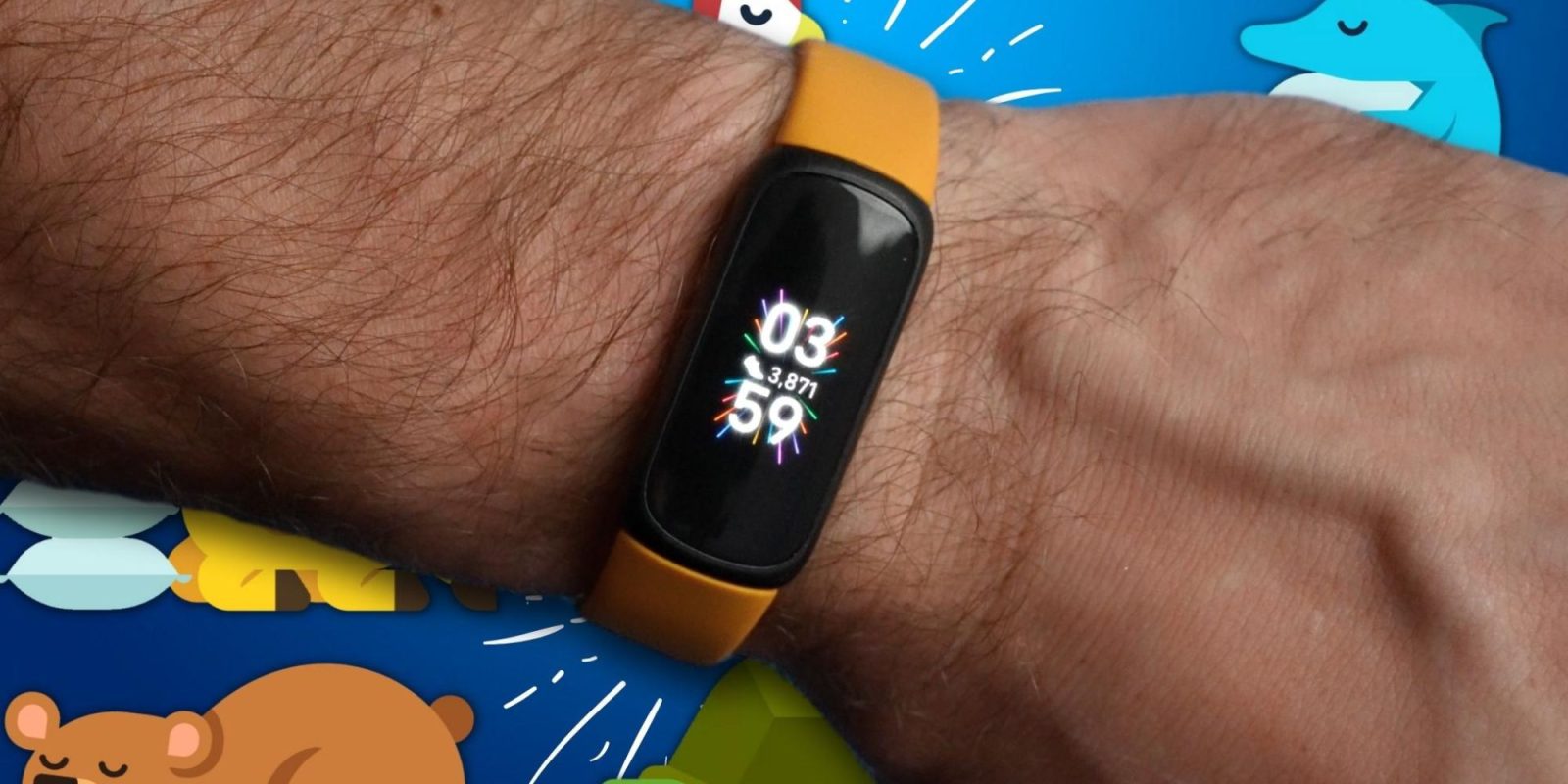
This month, Fitbit has released not one, not two, but three new smart wearables. Today we take an in-depth look at the new very slim and colorful Fitbit Inspire 3. It is easy to use, low cost, and still packs a lot of health and fitness features. Read on to see if the Fitbit Inspire 3 would be the perfect fit for you.
Table of contents
Fitbit Inspire 3 review
Fitbit Inspire 3 key features
- Sleep Tracking
- Daily Readiness score and HRV (or Heart Rate Variability Tracker)
- Connected GPS
- Blood oxygen monitor
- Skin Temperature Variation
- Water resistance up to 50m
- Bright, full color screen (optional always-on display)
- Fitness Tracking
- Comparability with both IOS and Android
- Up to 10 day battery life
- Priced under $100
Design of the Fitbit Inspire 3
Band
The Fitbit Inspire 3 is a very thin fitness tracker. At .73” width, this thing makes my Fitbit Charge 5 look bulky, and my Garmin look comically huge. If you like a thin design, it doesn’t get much slimmer than this.
The Fitbit Inspire 3 comes with two size silicone bands, in one of three colors: Midnight Zen, Lilac Black, or Morning Glow. Between the two sizes of bands, they fit wrists ranging 5.4″ to 8.7″ in circumference. These bands have a much appreciated quick and easy release.
If a user is more interested in tracking steps than metrics like heart rate, there is also a clip available for purchase, to wear the Fitbit Inspire 3 off your wrist.


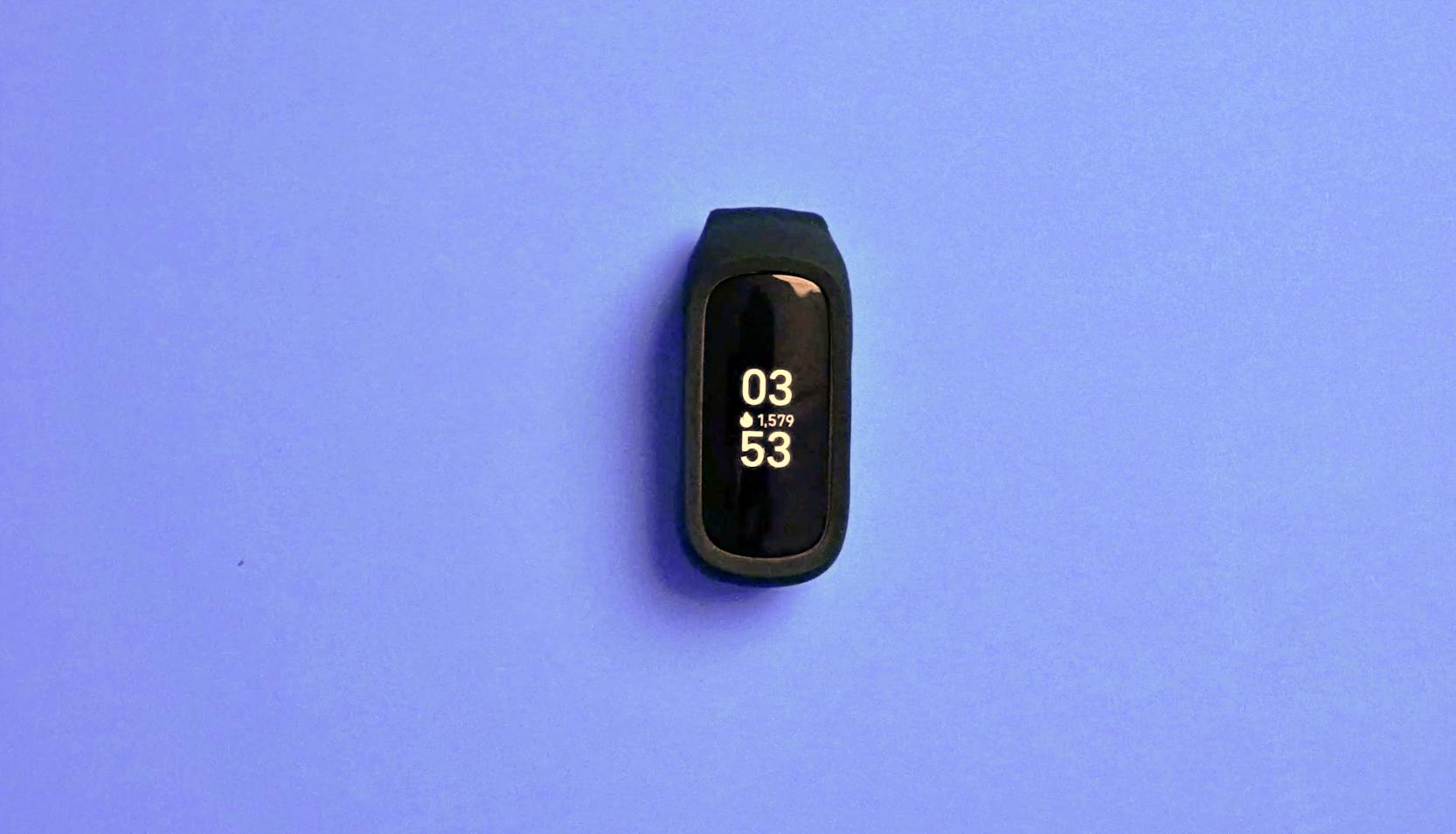
Display
The Fitbit Inspire 3 new color display is the stand-out improvement. It’s bright, clear, and easy to see outside, especially so if you put the brightness up to max in the settings.
There is a library of available watch faces you can install, many offering more than just good looks. The one I have been using displays your current heart rate in the center, and the heart icon actually gets bigger as your heart rate goes up.
Although the display looks great, it’s pretty small. In fact, the two bezels on the top and bottom take up about a third of the available space. Text on the Fitbit Inspire 3 display can be a bit small, so if you have poor eyesight, this may be something you should consider.
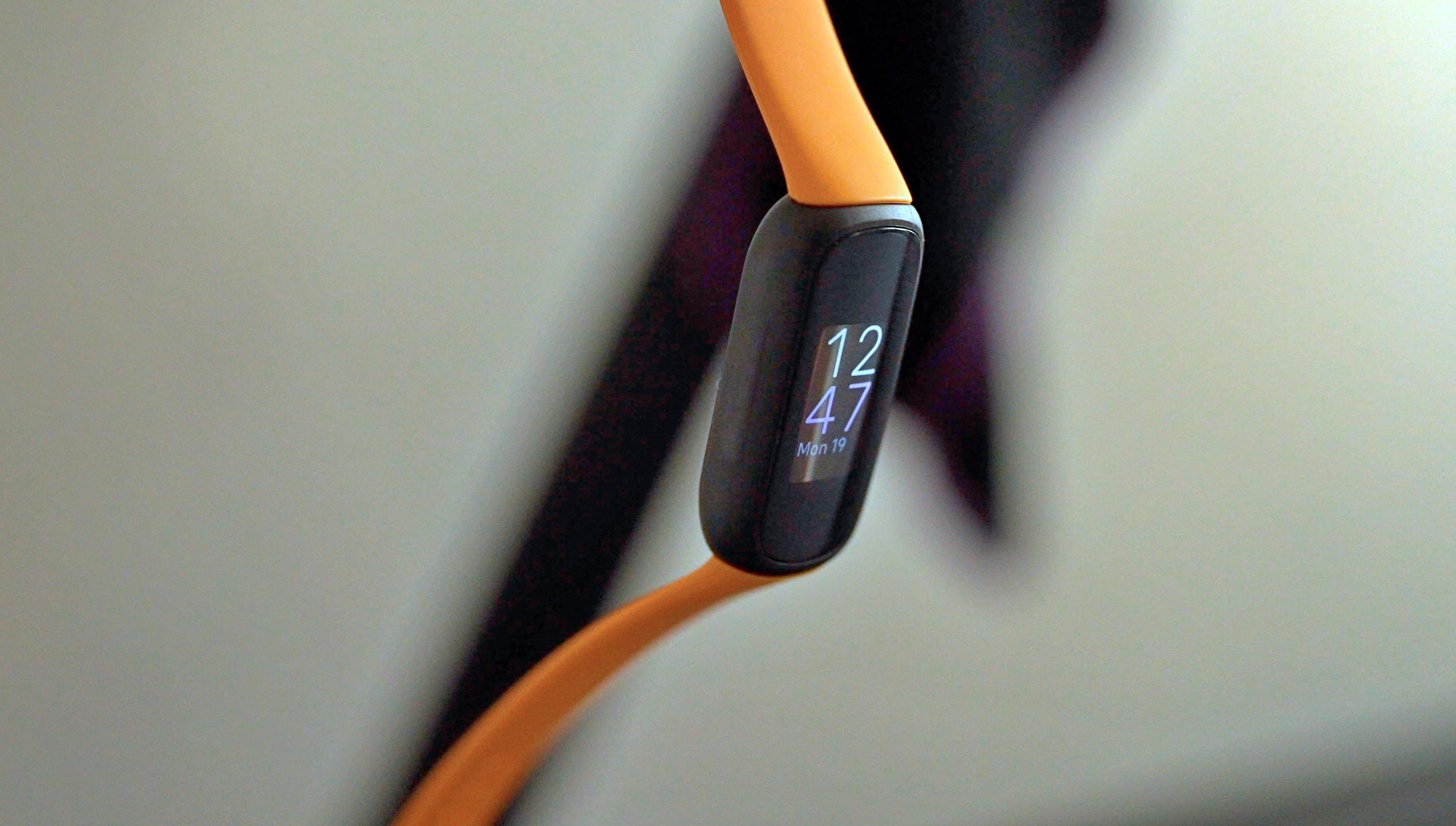
User interface
Where the Fitbit Inspire 3 really excels, as with all of Fitbit’s fitness trackers, is in its easy to use, easy to understand design. Navigating the Fitbit is very simple. If you swipe up, you will see the general stats from your day including:
- Total steps
- Total estimated distance
- Active minutes complete
Your workout activity based on heart rate zones. Doubles the number of minutes for time spent in higher heart rate zones - Total calories
- Sleep and Sleep Score
Based on more in-depth sleep data that can be viewed in the app - Blood oxygen level for the previous night
This is a new feature on the Inspire 3, thanks to additional red and infrared sensors
Swipe down to adjust or enable/disable various settings, including:
- DND (Do Not Disturb) mode
- Alerts for texts or phone calls
- Water lock mode
- Sleep mode
- Vibration levels
- Screen brightness
- Always-on display
*My personal favorite feature on the new Fitbits. This will decrease the 10-day battery life, bringing it closer to three days. I prefer the Always-on display and three days isn’t too bad. Always-on display turns off at night, at a time you set.
Swipe right from the main screen to go through your enabled functions, like phone notifications, workout tracking, guided breathing, alarms, and timers.
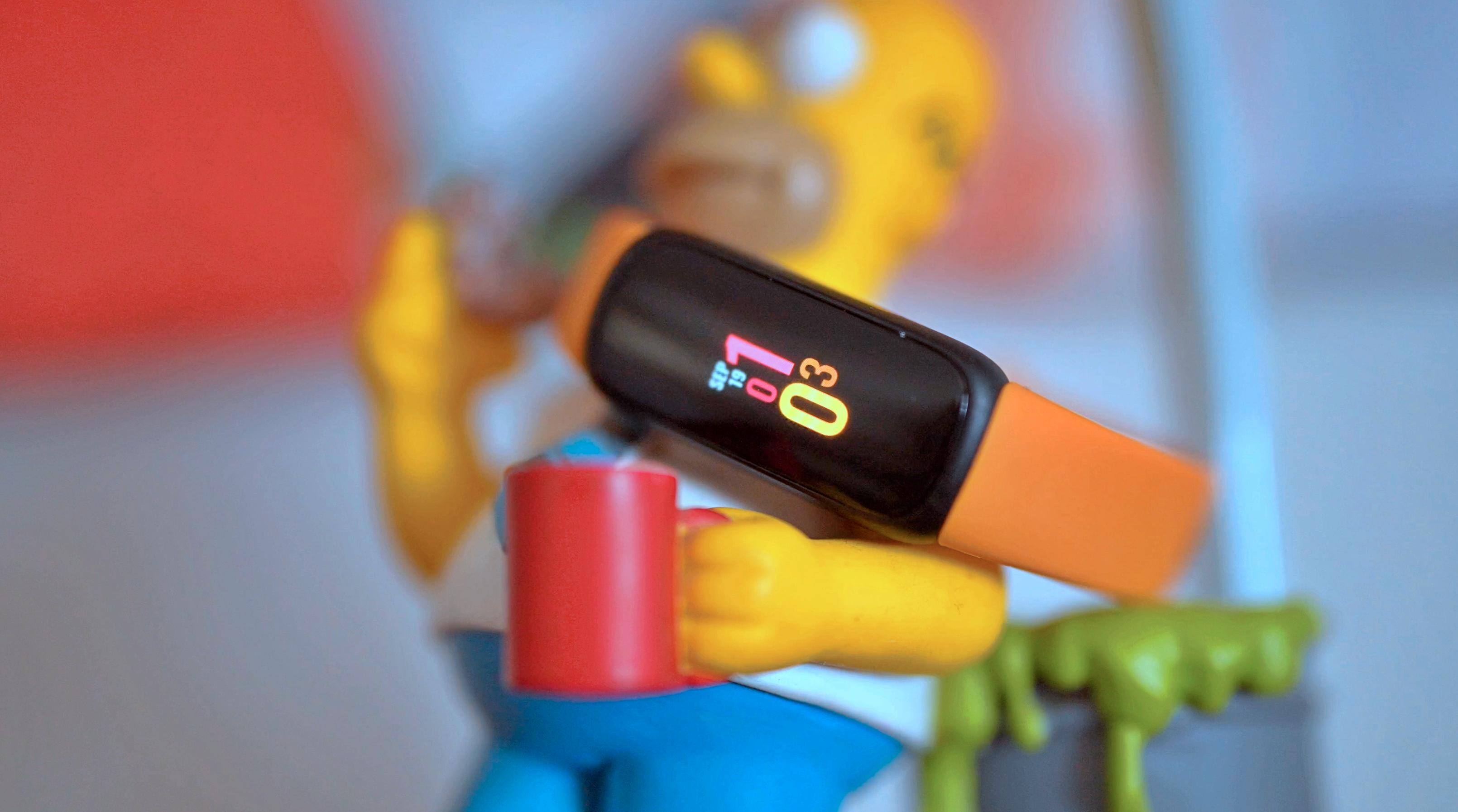
Workout tracking
For workout tracking, you can choose up to six workout types to be displayed on the Fitbit Inspire 3. You choose your viewable workout types on the app, with 20 available options.
Outdoor modes, like running, have GPS function if you have your phone with you. Your Fitbit Inspire 3 will then be able to give you real time distance and even show your current pace.
The Fitbit Inspire 3 is also good for swimming, as it’s water resistant up to 50m, and with water lock mode, you’re able to have it track your swim workout undisturbed by the water pressure on the touchscreen.
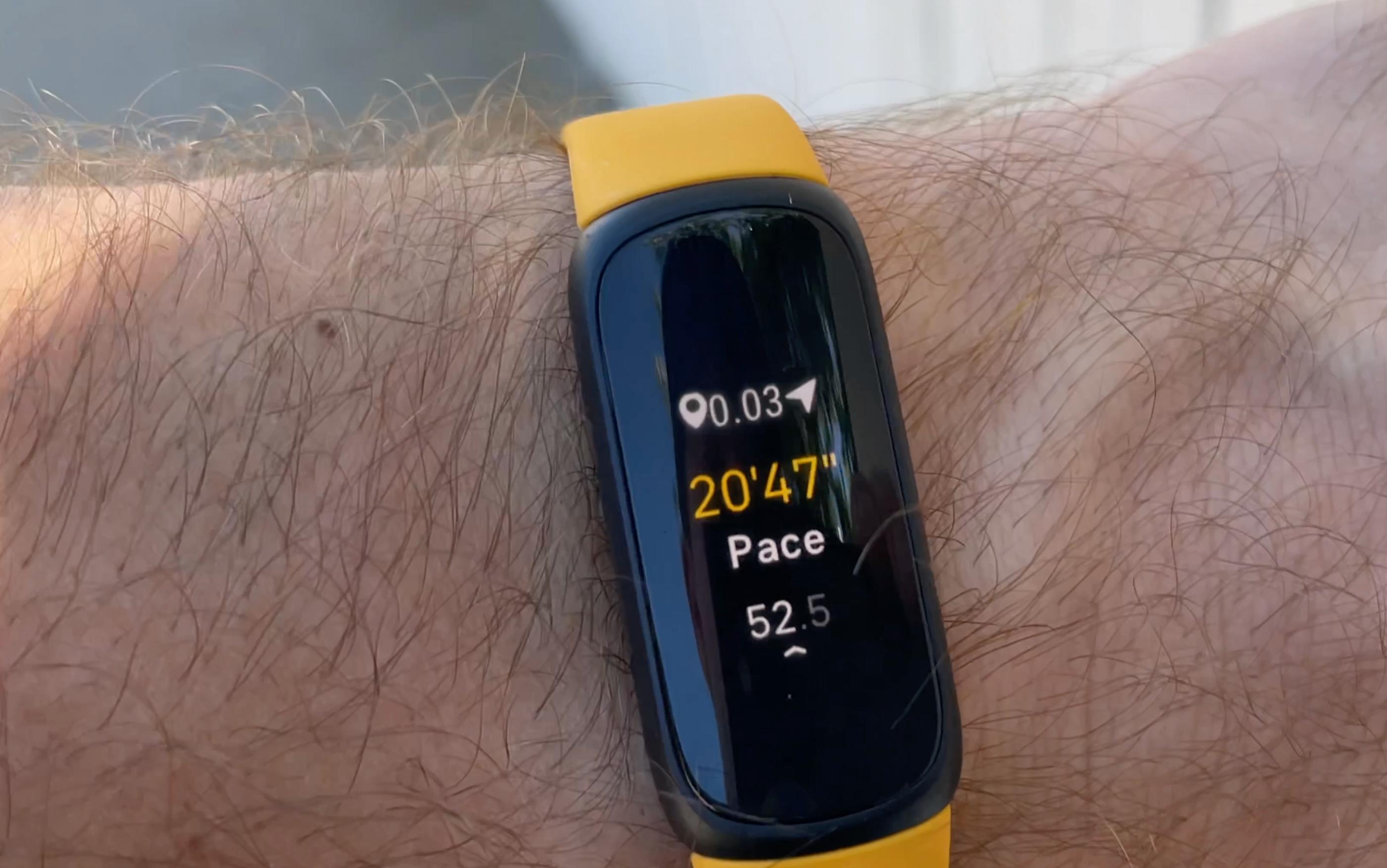
Heart rate zones in workouts
During workouts, you’ll still see current heart rate and heart rate zone. Fitbit Inspire 3 notifies you when you change heart rate zones, which is nice, but that notification screen stays on for a long time, and I did find that annoying when trying to see my actual metrics.
If you are working out right on the border between heart rate zones, that zone change notification constantly comes up, and as of yet, I have not been able to find a way to turn that off or adjust it.
Tracking customizations
Fitbit Inspire 3 has the ability to auto-recognize certain workout types. You can adjust the settings on these to better enable/disable the auto-recognition.
You’re able to adjust voice cues for things like average pace or time, enabling them and even setting the frequency of them being played.
Also up for adjustment are your max heart rate, heart rate zones for training, as well as enabling irregularly high or low heart rate notifications. Lots of flexibility within the Fitbit Inspire 3 tracking functions.
Device compatibility
One big downside for the Fitbit Inspire 3, and this goes for all of the Fitbit fitness trackers, is it’s unable to broadcast your heart rate to other devices. So if you use fitness equipment from Peloton or NordicTrack, or anything like that, you won’t be able to connect your Fitbit to your workouts.
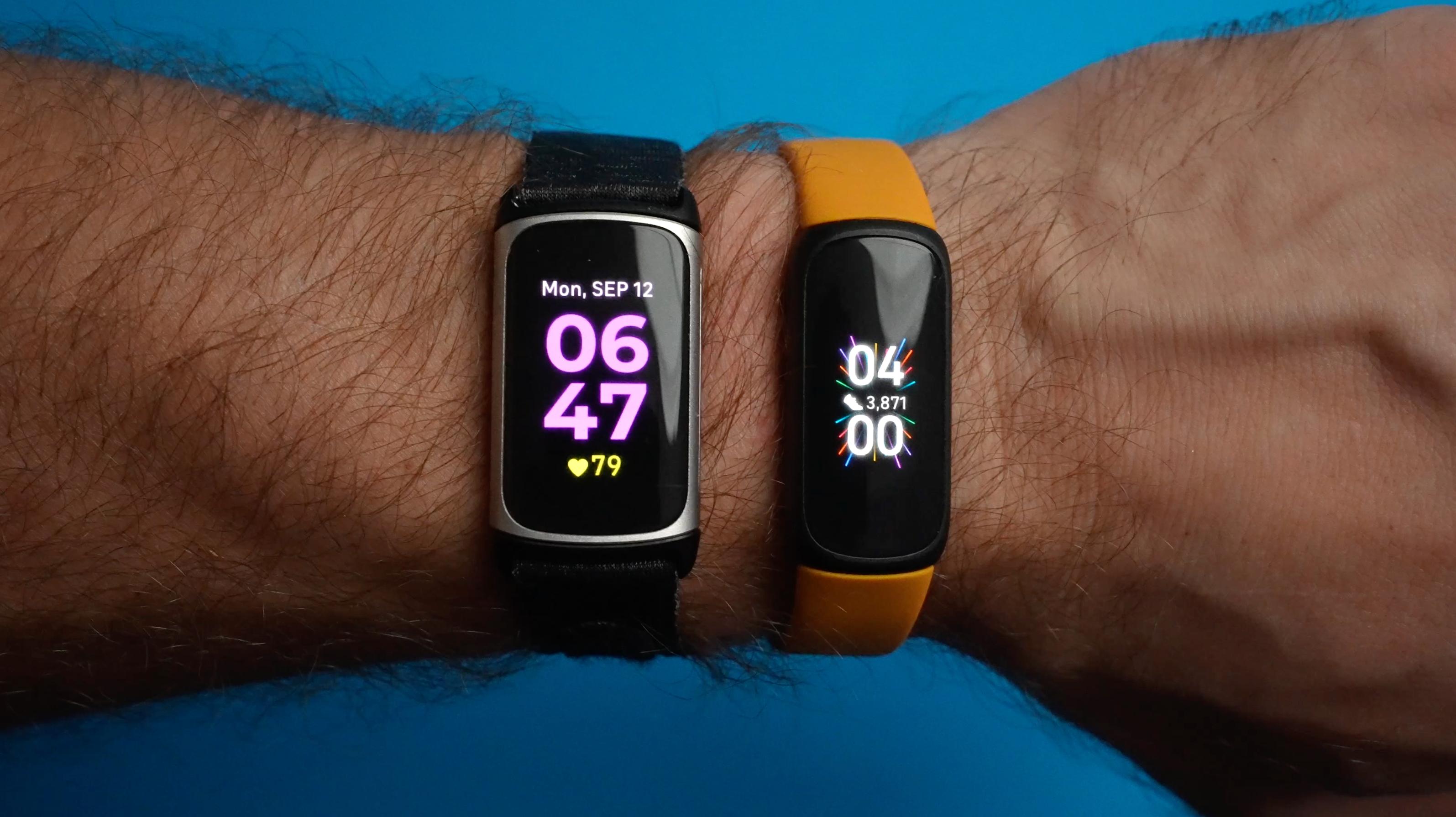
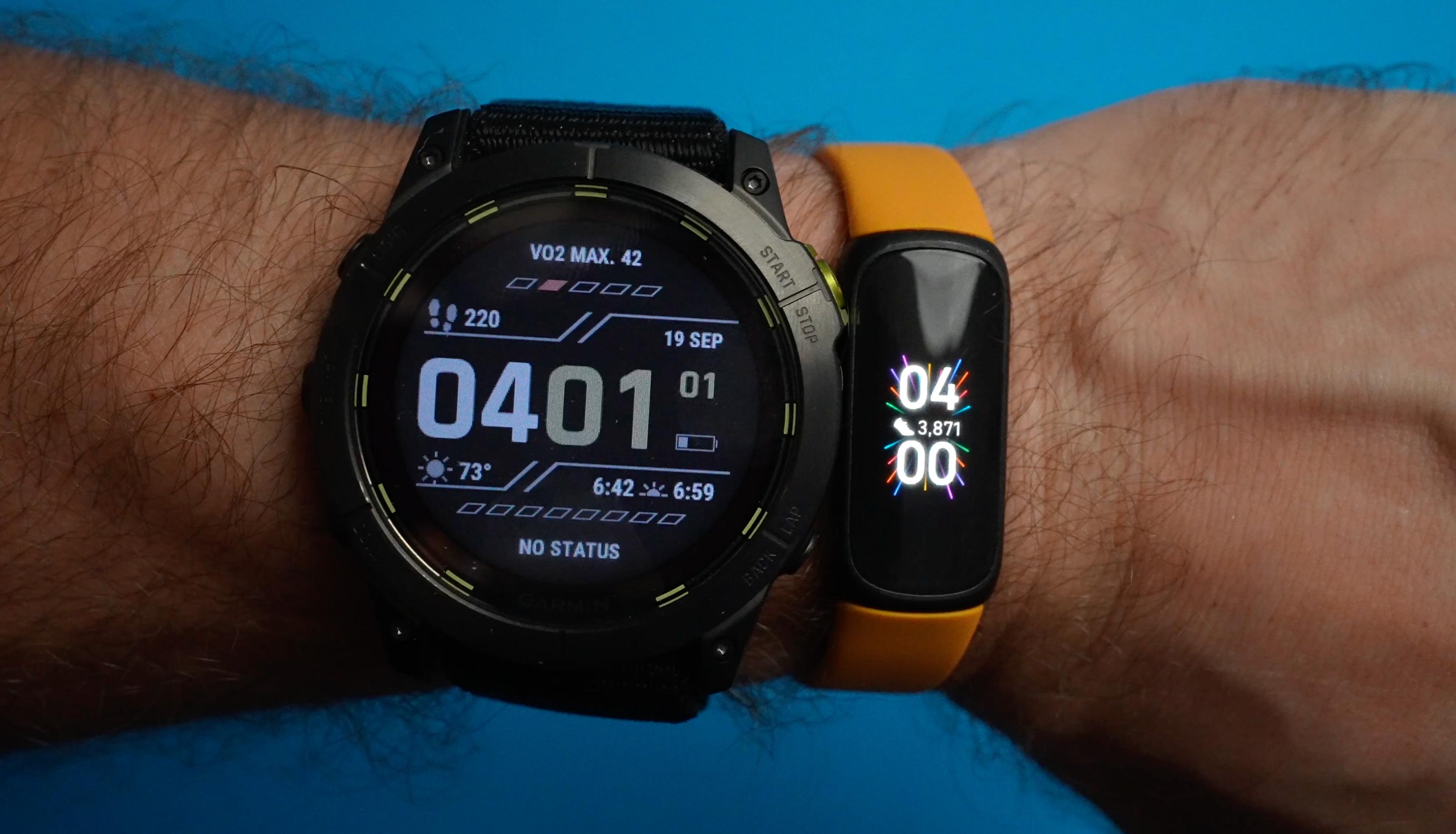
Accuracy of the Fitbit Inspire 3
In terms of accuracy, the Fitbit Inspire 3 isn’t terrible, but still far from the best… especially when compared to more expensive smart watches.
The heart rate tracking seems decent. I actually found it to be a bit more consistent than even the more expensive, but now slightly older, Fitbit Charge 5.
The Fitbit Inspire 3 tends to lag during higher intensity workouts where you have your heart rate spiking up and down quickly.
Similarly, the HRV (heart rate variability) tracking is far from the most accurate since the Fitbit only tracks your heart rate once every five seconds when not exercising. Over the long term, this data can still be useful to see bigger trends in your recovery and health.

Fitbit app
On the Fitbit Inspire 3 itself, everything is kept super simple and straightforward. There is a lot more health and fitness data you can dig into on the app. I like this approach.
Most people who would be interested in the Fitbit Inspire 3, I don’t think they really need, or have the desire, to dig in too deep into the data all of the time. The device and app separation ensures that even though there are more in-depth features, having some only on the app makes the watch itself uncomplicated.
In the app, you can dig into your sleep score (an analysis of REM, deep and light sleep) and view your HRV for a better sense of your recovery. You can track your sleep respiration rate, skin temperature changes, resting heart rate, and stress management.
There are enough options to make Fitbit your all-in-one tracking app. There’s water tracking, a complete food logging and tracking system, and bodyweight and body fat tracking. It really allows you to do as much or as little here as you would like.
After a workout is over, you can go to the Fitbit app for a nice overview. The well organized information presented is very simple and basic. For someone who just needs the basics, this is fantastic.
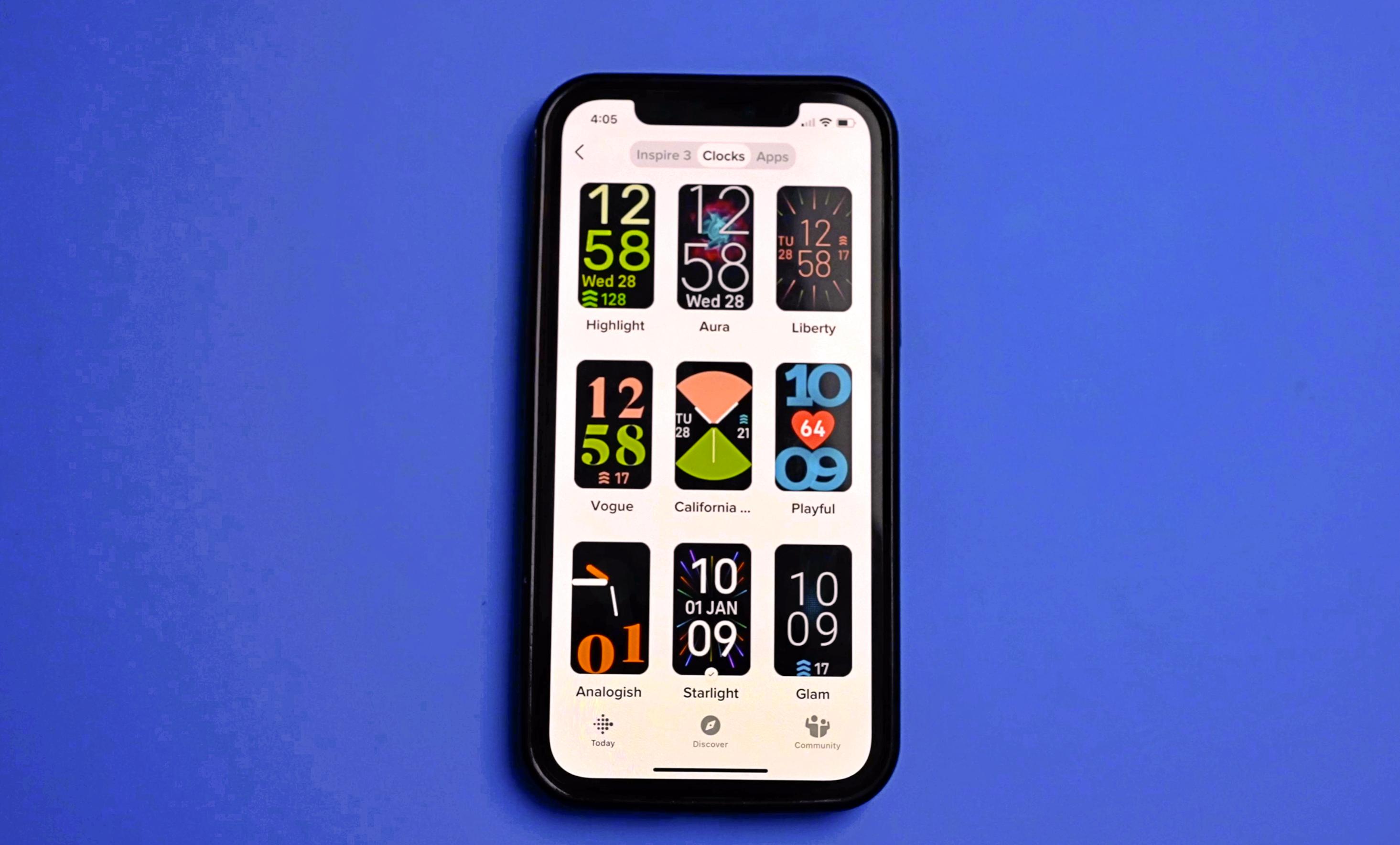
Fitbit Premium membership
The Fitbit Inspire 3, like all Fitbit devices, has some of its more in-depth features locked behind the Fitbit Premium service. You get the first six months free with the purchase of the Fitbit Inspire 3. The cost is $10 per month to keep those features after the free period. Features include:
- Daily readiness score
- Advanced sleep analytics
- Wellness report
- Video workouts (on the app)
- Games and challenges
- Access to recipes
I know most people are not fans of paywalls for features, and honestly, it feels a bit much on a fitness tracker like the Fitbit Inspire 3. Buying a new device costs less than paying for an additional year of the service.

Wrap-up
The Fitbit Inspire 3 is a little more expensive than some other trackers, but there is a lot to love about this new Inspire. From the new, colorful touchscreen with optional always-on display, additional sensors for blood oxygen tracking, sleep and stress analysis, to the classic basic step, calorie, and workout tracking, plus the impressive battery life, which can reach up to 10 days.
If I were to rate the Fitbit Inspire 3 on a scale from “Buy, Try, Wait for a Sale, or Never Touch,” I would say it’s definitely a “Buy.”
At $99, Fitbit Inspire 3 has much to offer with its fantastically easy to use design. The Fitbit trackers are simple enough that my mom can actually use them well. That is no easy task for a smart wearable, and is very much appreciated.
Buy the FitBit Inspire 3 here!
FTC: We use income earning auto affiliate links. More.
